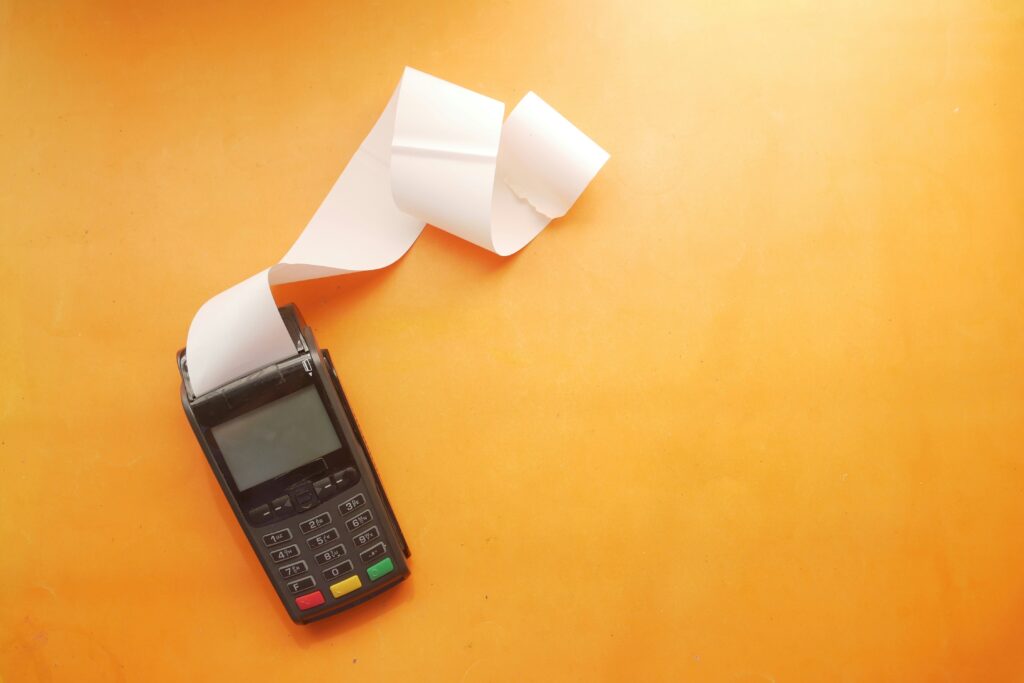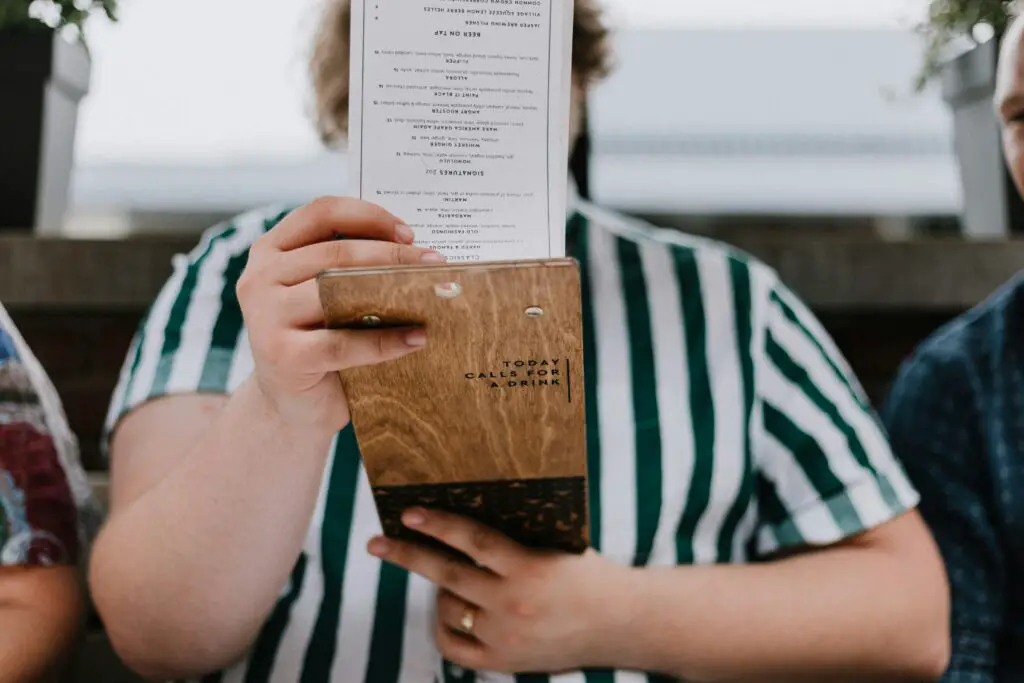Going to restaurants is a typical American pastime. People love to get a quick bite, meet up over a meal to chat, and even discuss important business deals over a steamy plate. With its popularity, people also expect their meals to be relatively affordable. In this viral video, a woman starts arguing with her waitress over misleading menu prices. Today, we will examine the video and dive into important topics like offer and acceptance law.
The viral video begins with a customer expressing anger toward her server. She makes a few heated remarks about the prices on the menu, asserting that the prices on her bill differed from those listed. In response, the waitress explained that the restaurant adjusted their prices and that the menu they ordered from was an old menu. However, the customer counters by insisting that they should have been informed of the new menu prices before they ordered and consumed their food.
Who in this situation is correct? Are restaurants allowed to change their prices compared to what’s on their menu?
Attorney Ugo Lord’s Expert Opinion
In the video, attorney Ugo Lord makes some excellent points regarding the legal intricacies of the argument. First, he clarifies that it is legal for restaurants to change their prices at their discretion. Like any business, they have control over what they advertise and ask of their customers in return for their products. Lord states that if a restaurant were to change its prices and reflect on its menu and advertising, it would be legal.
On the other hand, in the video, it is clear that the menu given to the customers did not reflect the correct pricing. Lord attributes the idea of a menu as an offer and the concept of ordering as acceptance. These legal terms help simplify parts of the transaction. Specifically, the interaction unfolds as an offer and acceptance. Consequently, the restaurant presented the customers with lower prices (even if they were incorrect), which the customers accepted. Therefore, Lord concludes that the restaurant is in the wrong, and technically, they should honor the menu prices provided to the customers.
Offer and Acceptance In Law

Offer and acceptance, a common legal concept, often appear in the formation of contracts. Interestingly, as the viral video clip illustrates, you can also observe it in basic transactions. An offer and acceptance typically transpire in two steps, usually involving two parties. Depending on the context, these parties can be businesses, individuals, or even groups of people. In essence, the offer and acceptance process is a fundamental aspect of our daily transactions.
An offer is a promise or proposal made by one party. It must be clear terms that are complete and capable of acceptance. In the video clip, the offer was in the form of a menu, which displayed the terms and prices for their food.
Acceptance is the second step, which involves agreeing to the initial terms and conditions with no changes. However, if someone does not agree to the original terms of the offer, they may propose a counteroffer, which proposes new terms and conditions to the transaction. After accepting an offer, the person who made it must honor their terms and conditions.
Offers and acceptances can be fluid and diverse. They do not need to happen at separate times. They can occur in many forms, such as verbally, in writing, by implicit conduct, or via email. The unique nature of an offer and acceptance can easily lead to confusion between the parties involved. For this reason, many lawyers devote a major part of their careers to resolving these disputes in civil court.
Other Restaurants Changing Their Prices
In our evolving economy, restaurants are increasingly grappling with financial stress. Consider, for example, the thousands of small restaurants and businesses compelled to close due to COVID. Under these pressures, many restaurants must boost their profits through various strategies. Numerous restaurants have resorted to raising their menu prices, adding surcharges, or utilizing other methods to offset business expenses.
Constant changes can take time to implement fully on menus and signage. Many people have had similar experiences to the woman in the viral video.
What Should You Do If You’re Overcharged?

If a restaurant overcharges you, maintaining calm is crucial. Waiter errors or misunderstandings often cause most overcharges. However, should you encounter misleading signage or menus, the general recommendation is to report it to the appropriate authorities.
The Bureau of Consumer Protection, a division of the FTC, dedicates itself to safeguarding consumers from improper or fraudulent business practices. They advise you to submit a report if you encounter improper overcharging or misleading practices. Your reports assist them in curbing fraudulent activities within businesses. Moreover, it can aid in resolving your issue and prevent others from undergoing similar experiences.

